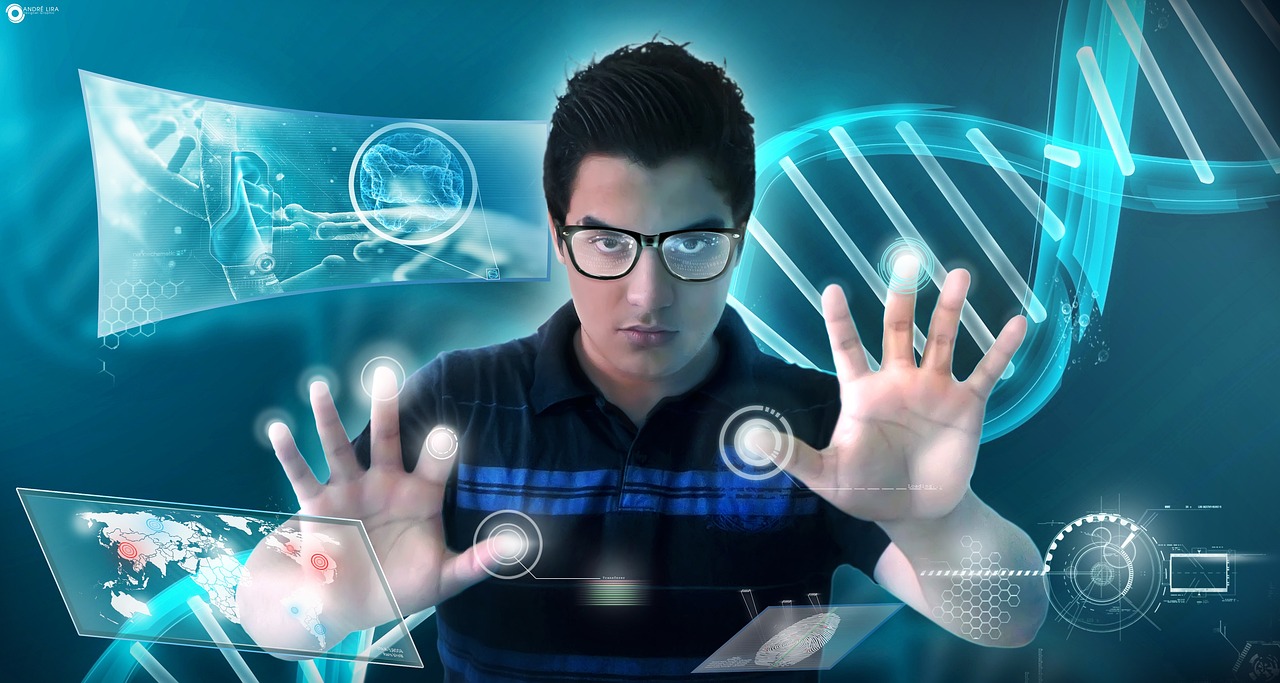In a pioneering move, an Austrian supermarket has become the first in the world to offer 3D-printed vegan salmon. This alternative seafood product was developed by a food technology startup called Revo Foods and is making its debut on grocery store shelves, according to Iflscience.
For several years now, researchers have been diligently working on 3D-printed food products, ranging from laser-cooked cheesecakes to lab-grown meats. However, this 3D-printed salmon represents a groundbreaking achievement, showcasing the potential of additive manufacturing in the food industry.
Table of Contents
Crafted from Mycoprotein Derived from Mushrooms, Enriched with Vitamins and Omega-3 Fatty Acids
The 3D-printed salmon is made from mycoprotein, sourced from mushrooms, and is enriched with a variety of essential vitamins and Omega-3 fatty acids. It is a high-protein option, containing 9.5 grams of protein per 100 grams of the product, although this is still slightly lower than the protein content found in regular salmon in the same quantity.
One of the primary objectives behind 3D-printed foods is to make food production more sustainable, which is of particular concern in the fishing industry. Currently, 34% of the world’s fish populations are overfished, depleting their numbers faster than they can reproduce, a pressing issue that needs addressing.
Sustainability and Environmental Benefits of 3D-printed food
The production of vegan salmon fillets is also highly sustainable. According to the company, the production process generates 77-86% less carbon dioxide and consumes 95% less freshwater compared to the traditional methods of catching and processing salmon.
Introducing 3D-printed foods into the market could mark a new era in food production, one that is more environmentally friendly and resource-efficient. This innovative approach not only addresses sustainability concerns but also opens up exciting possibilities for the future of food manufacturing.
In conclusion, Austria’s move to introduce 3D-printed vegan salmon to consumers is a significant milestone in the evolution of the food industry. It demonstrates the potential of technology to provide sustainable and innovative solutions to some of the most pressing challenges in our global food system. As we continue to explore the possibilities of 3D-printed foods, we may find more answers to address food security, sustainability, and nutrition in the years ahead.
source: iflscience
How Emerging Technology Trends Are Reshaping Our World in 2025
In an era where technological innovation evolves at lightning speed, staying ahead of the curve can …
Vanguard 1: Earth’s Oldest Artificial Satellite May Soon Return to Earth
In an exciting move that could reshape the history of space exploration, the United States is consid…
Technology Terms Explained
The technology world is full of acronyms and specialized terms, including essential Technology Terms…


